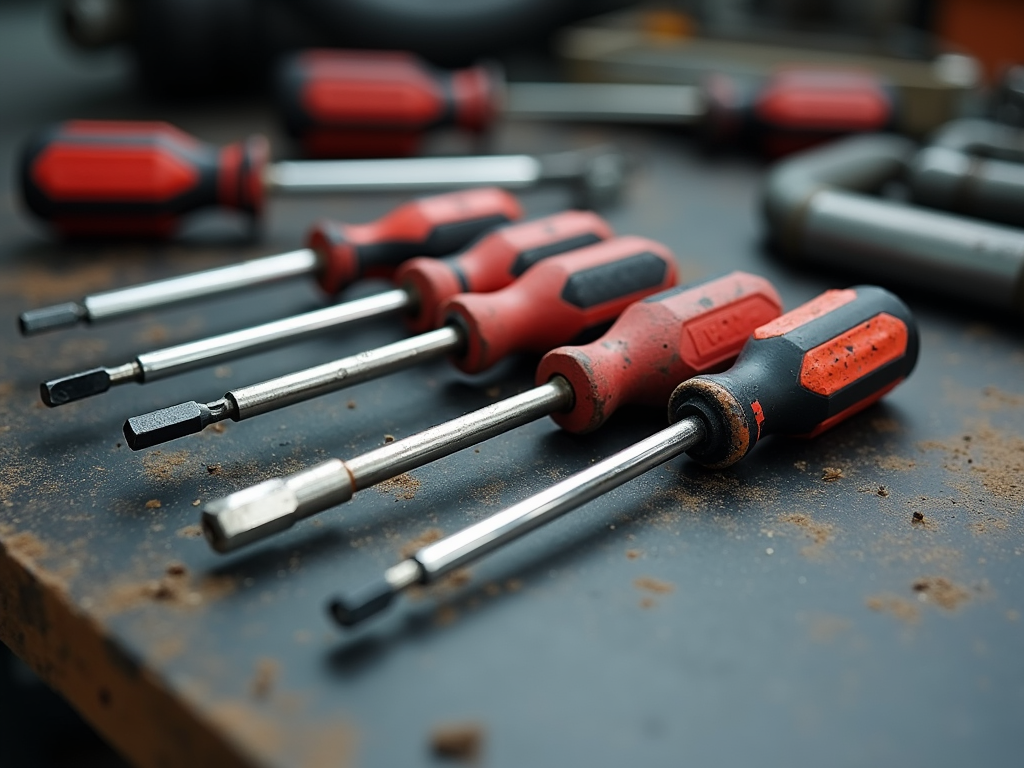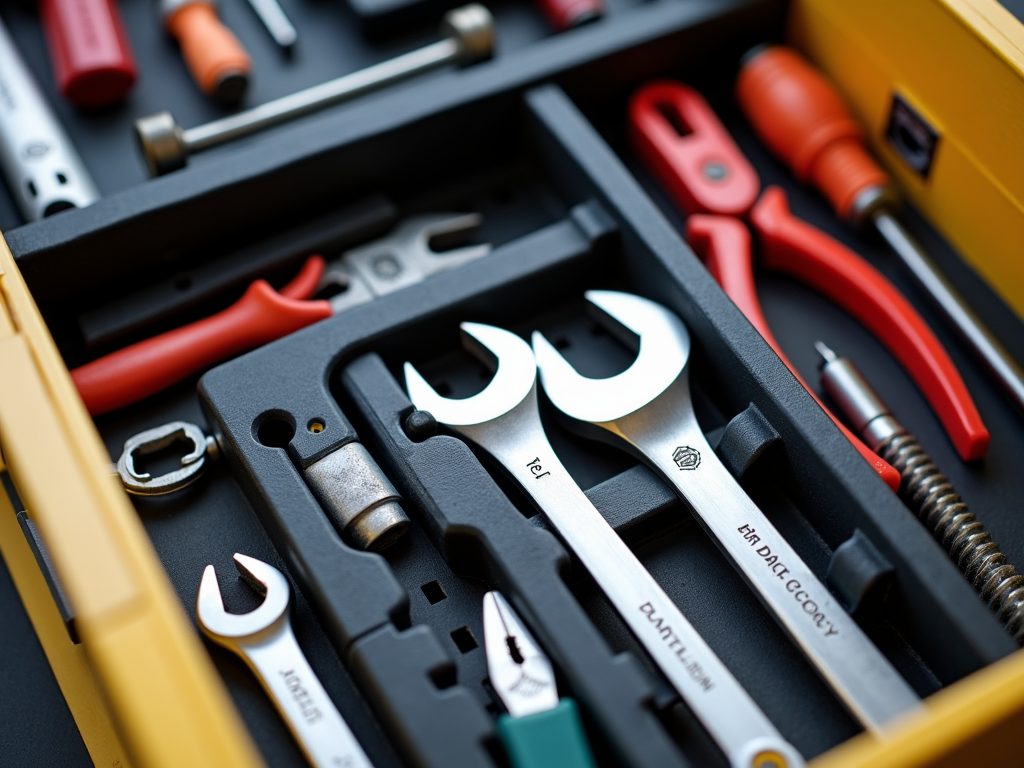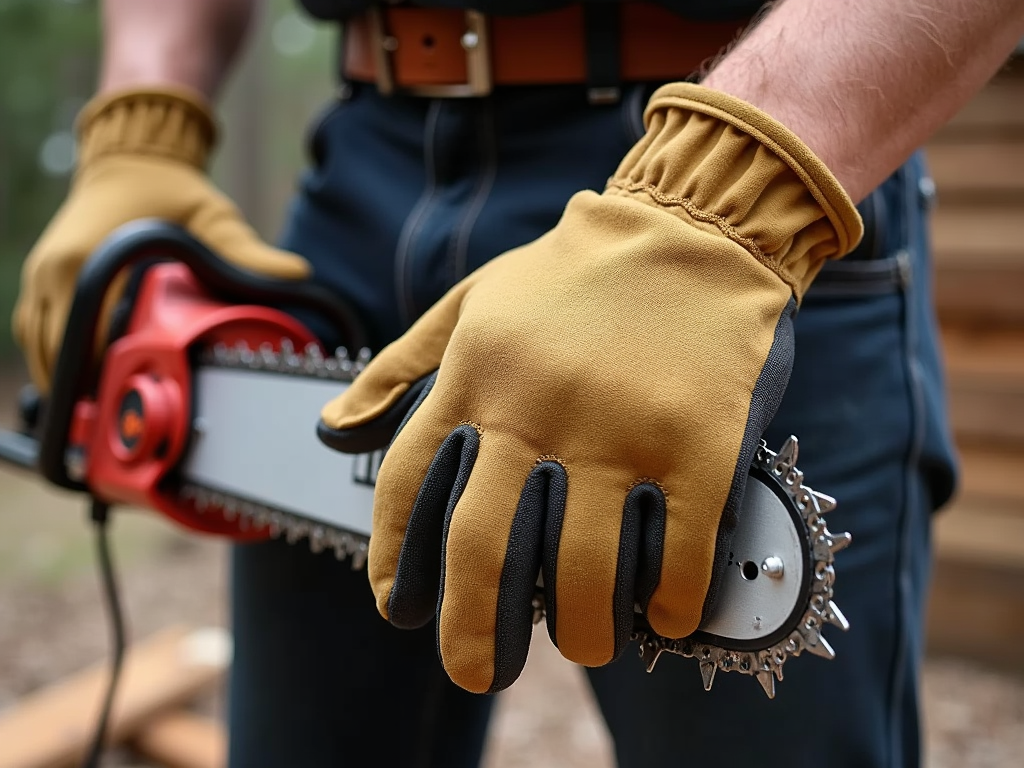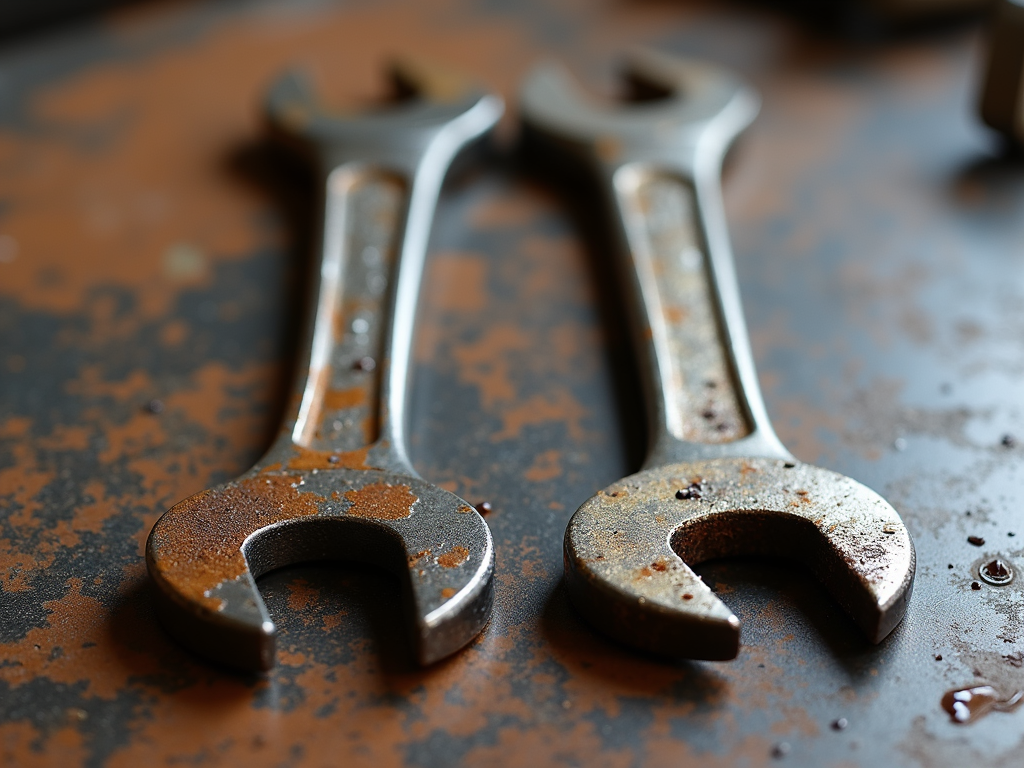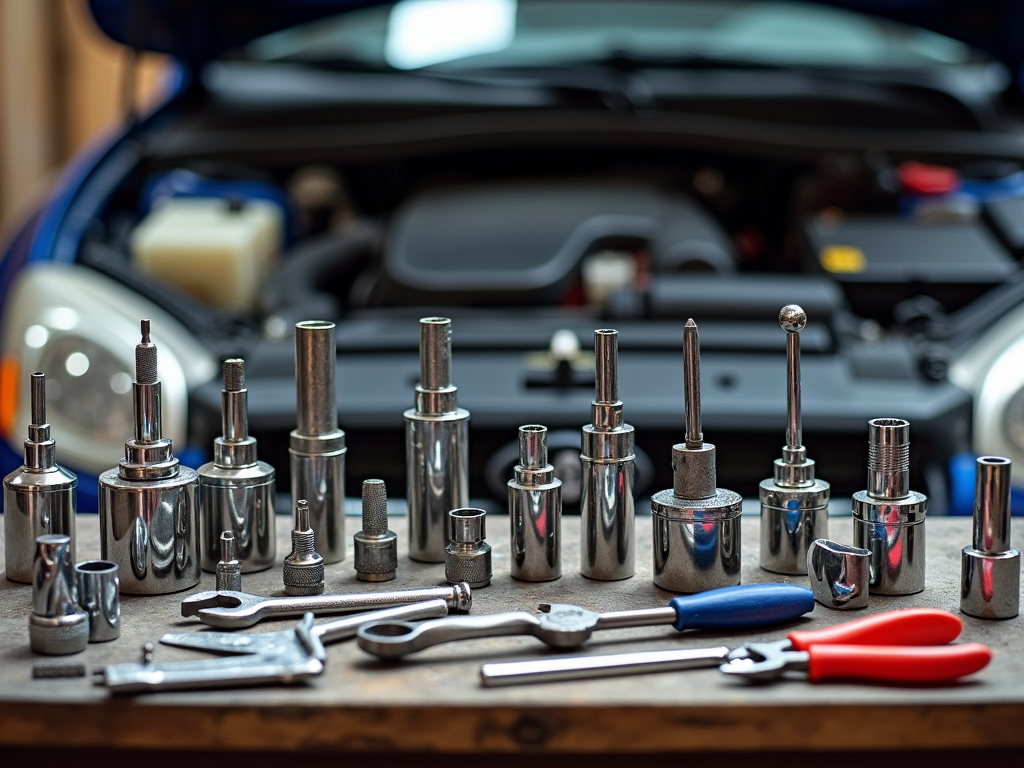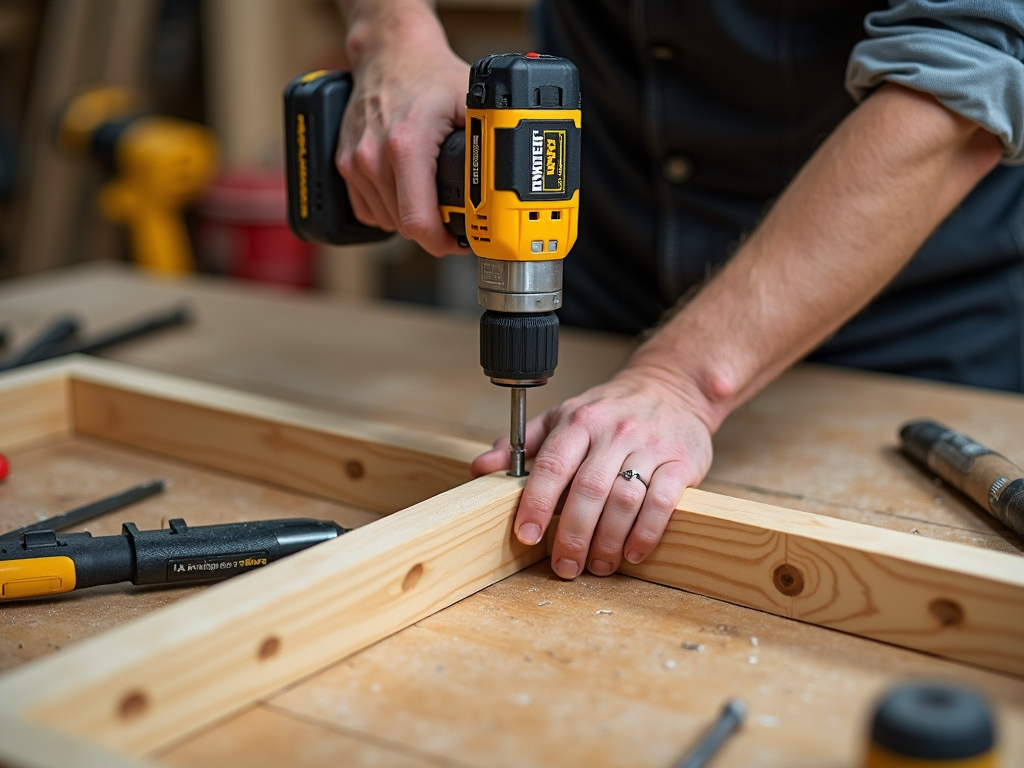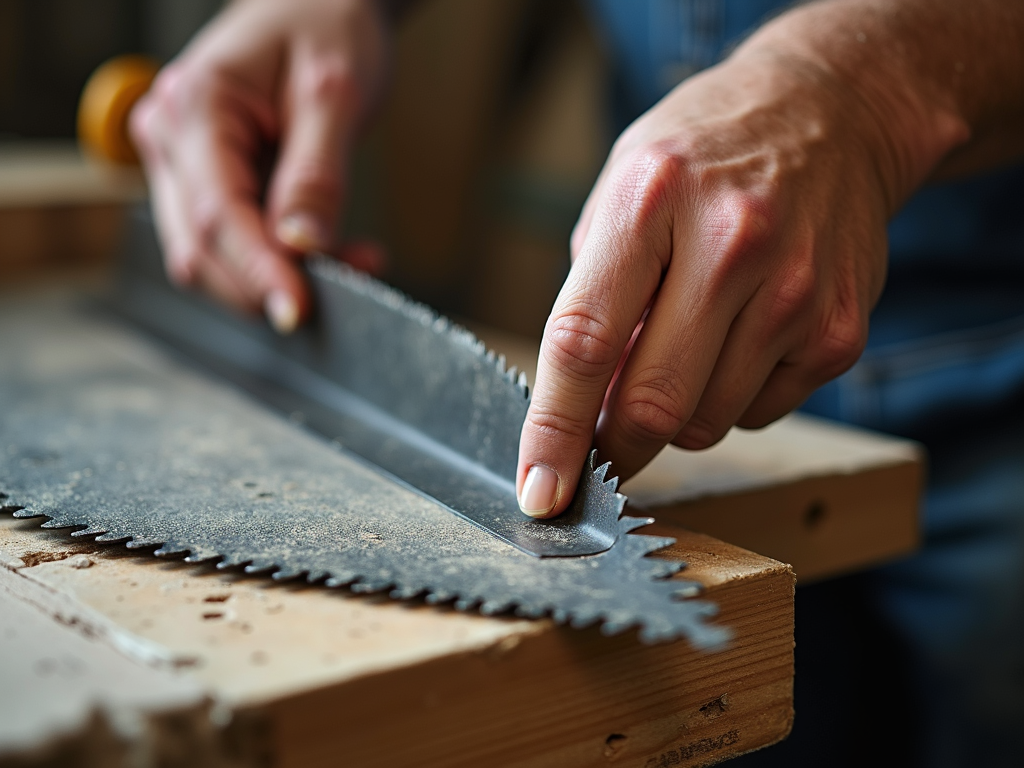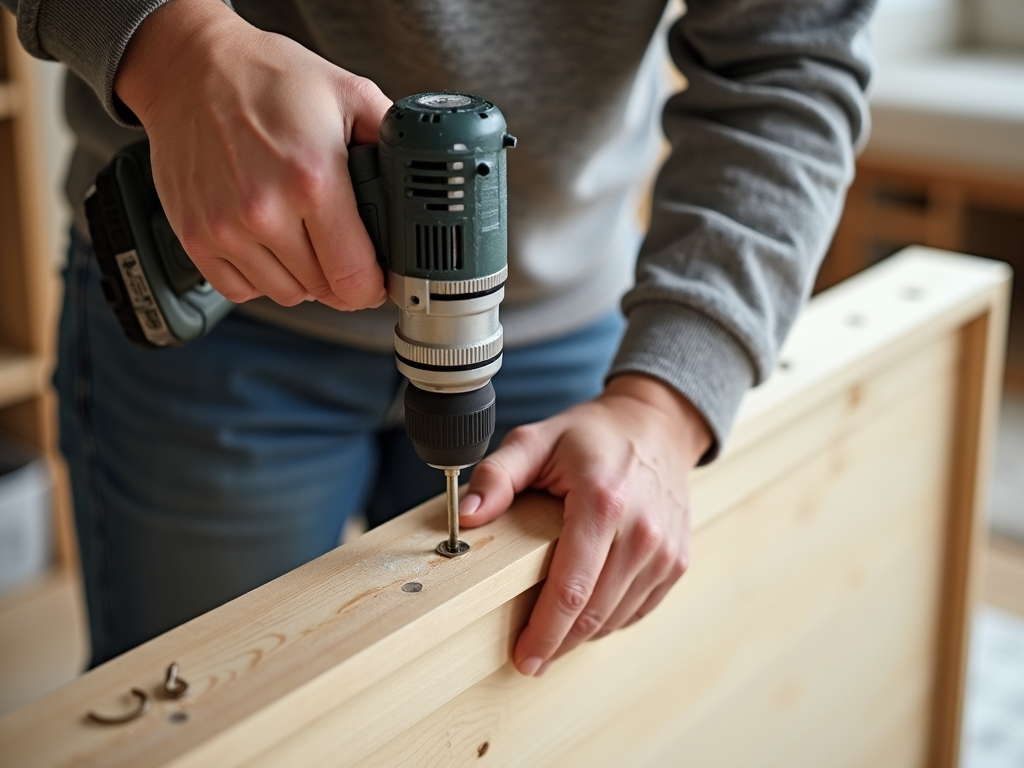A well-organized workshop is the backbone of any successful project. Whether you're a seasoned craftsman or a weekend DIY enthusiast, keeping your tools in order not only saves time but also enhances safety and extends the life of your equipment. In this guide, we'll explore 10 essential tips for organizing your workshop, with a focus on tool maintenance, safety, and efficiency. From screwdriver safety tips to general workman tools organization, these strategies will help you create a space that's both functional and inspiring.

1. Designate a Place for Everything
The foundation of an organized workshop is having a specific spot for every tool. When each item has its own place, it's easier to find what you need and return it after use. This simple habit prevents clutter and saves valuable time.
In my early days of woodworking, my workshop was chaotic. Tools were scattered, and I often wasted time searching for what I needed. One day, while working on a project, I couldn't find my favorite screwdriver. I ended up using the wrong size, which stripped the screw and delayed my work. That was a turning point—I decided to get organized. Now, I have a dedicated shelf for power tools, a drawer for hand tools, and a pegboard for frequently used items like hammers and screwdrivers. This system has made my workshop much more efficient.
2. Use Pegboards and Hooks
Pegboards are a game-changer for workshop organization. They allow you to hang tools in plain sight, making them easily accessible. I use hooks of various sizes to accommodate everything from small screwdrivers to larger wrenches.
A pro tip: Outline each tool on the pegboard with a marker. This way, you can quickly see where each tool belongs and notice if something is missing. It's a simple trick that keeps everything in order.

3. Label Everything
Labeling is crucial for maintaining organization, especially if others use your workshop. I label shelves, drawers, and bins with the names of the tools they contain. This not only helps me find tools quickly but also ensures that others can easily locate and return items.
For example, I have a drawer labeled "Screwdrivers" with separate compartments for different types and sizes. This makes it easy to grab the right tool for the job without rummaging through a messy drawer.

4. Implement a Cleaning Schedule
A clean workshop is a safe and efficient workshop. I set aside time each week to clean and organize my space. This includes sweeping the floor, wiping down surfaces, and checking for any tools that need maintenance.
Regular cleaning also helps prevent accidents caused by clutter or debris. A tidy workspace is not just about aesthetics—it's about safety and productivity.
5. Safety First
Safety should always be a top priority in any workshop. I make sure to wear appropriate protective gear, such as safety glasses and gloves, and follow all safety guidelines for each tool.
For screwdrivers, specifically, I always use the right size and type for the job to avoid stripping screws or injuring myself. I also store screwdrivers with the tips protected to prevent accidents. Once, I saw a friend get injured because he didn't use the correct screwdriver. He was trying to force a Phillips head into a flathead screw, and it slipped, causing a deep cut on his hand. Since then, I've been meticulous about using the right tool and storing them safely.
For more detailed safety guidelines, check out OSHA's Hand and Power Tools Safety Guide.

6. Tool Maintenance
Regular maintenance is essential for the longevity of your tools. I inspect my tools periodically for signs of wear or damage and address any issues promptly.
For example, I clean and oil my screwdrivers to prevent rust and ensure they function smoothly. I also sharpen blades and replace worn-out parts as needed. Proper maintenance not only extends the life of your tools but also ensures they perform at their best.
For more tips on maintaining your tools, see Tool Maintenance Tips from Popular Mechanics.
7. Organize by Frequency of Use
I arrange my tools based on how often I use them. Frequently used tools are kept within easy reach, while less commonly used items are stored in less accessible areas.
This saves time and effort, as I don't have to dig through clutter to find what I need. For instance, my drill and screwdriver set are always on the workbench, while specialty tools are in a cabinet.
8. Use Storage Bins and Drawers
Small parts and accessories can easily get lost in a workshop. I use storage bins and drawers to keep these items organized.
For example, I have bins for screws, nails, and bolts, each labeled by size and type. This makes it easy to find the right fastener for the job without wasting time searching.

9. Create Work Zones
Designating specific areas for different tasks helps streamline workflow. I have a cutting zone with a saw and a workbench, a sanding zone with sandpaper and a dust collector, and an assembly zone with clamps and glue.
This setup minimizes the need to move tools around and reduces the risk of accidents. It also makes it easier to focus on one task at a time.
10. Educate and Train
If others use your workshop, it's important to educate them on proper tool use and maintenance. I provide training sessions for new users and post safety guidelines prominently.
This ensures that everyone knows how to use the tools safely and keeps the workshop organized. A well-informed team is a safe and efficient team.

Organizing your workshop is essential for efficiency, safety, and tool longevity. By following these 10 tips, you can create a space that enhances your productivity and enjoyment of your craft. Remember to prioritize safety, maintain your tools regularly, and keep everything in its place.
Related 10 Tips for Organizing Your Workshop:
- Essential Screwdrivers for Mechanics: A Complete Guide
- Top Maintenance Tips for Extending Tool Lifespan
- Best Safety Gear for Power Tool Users: A Comprehensive Guide
- How to Maintain Your Tools for Longevity
- The Ultimate Guide to Tool Sets for Automotive Repairs
- Safety Gear Essentials for Every Workman
- How to Choose the Best Paint Color for Your Room
- Workshop Organization Made Simple
- The Ultimate Guide to Advanced Workman Tools for Professionals
- Construction Safety Basics: Essential Tips for Workers
- Mastering Advanced Brush Techniques: A Guide for Artists
- Choosing the Right Power Tools for Your Projects
